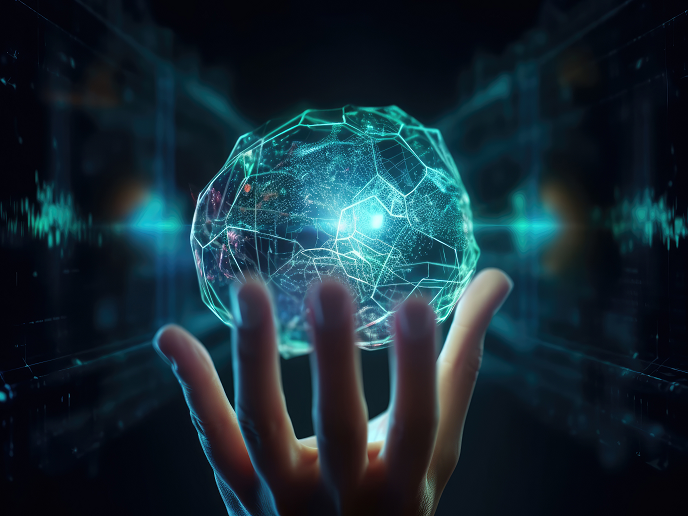Biohybrid information processing potential reviewed
As the volume of data generated worldwide is expanding to unforeseen proportions, the demand for novel means of information processing is accelerating. Biohybrid artefacts involve the fusion of information and communication technologies with biological entities. This synergistic arrangement promises to open the door to new forms of sensing, communication and computation required for the data overload. Using biological neurons as natural efficient parallel processors, the European INPRO project aimed to develop a novel method of information processing (IP) by combining nerve cells with chip technology. A post-research market analysis was performed by INPRO to gauge the potential of neuron networks for information processing. During the analysis, many academic and industrial institutions were interviewed. The consensus of opinion was that obstacles that previously presented themselves to slow down progress in the field of pure and applied neuroscience had been addressed successfully by the project research. However, before a broad range of applications as in brain/machine interfaces can come to fruition, the sound basis established by the INPRO project must be developed further. Future research planned includes the use of Microelectrode arrays (MEAs) to monitor large assemblies of neurons on a long-term basis. Expansion of the technology in this way promises to reveal the nature of neural properties like plasticity and its link with memory. Application of the variables contributing to synaptic plasticity and the changing strength of signal between two neurons may help elucidate the poorly understood phenomenon of learning. As such, it can contribute to the development of new algorithms that may revolutionise information processing.







